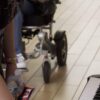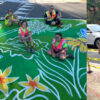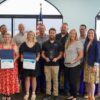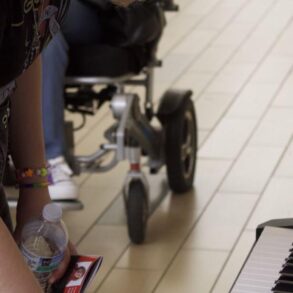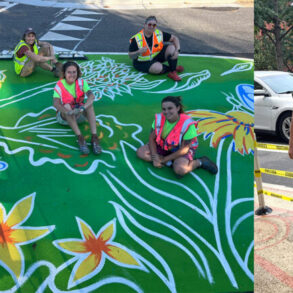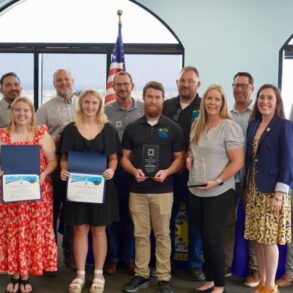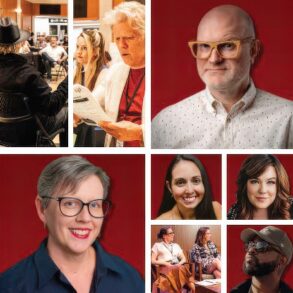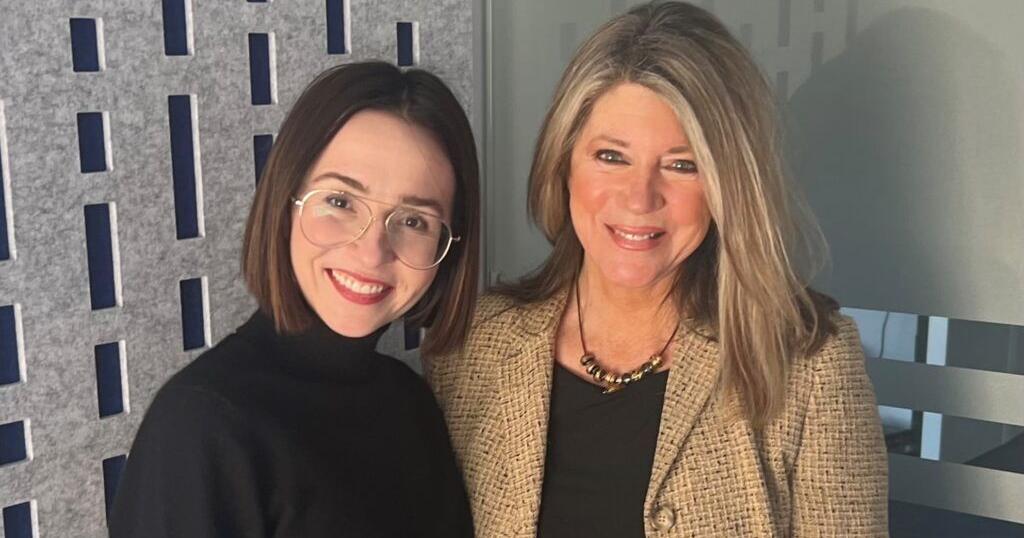
Molly Rowe, who was recently appointed executive director of the Hilliard Art Museum, spoke with Jan Swift of the Discover Lafayette podcast to discuss her love of the arts and working with artists.
You can listen to their conversation here.
Born and raised in Lafayette, Rowe’s first job was writing for the president and co-founder of the Savannah College of Art and Design, Paula Wallace. She then moved to New York and was employed by consultants who worked with arts organizations, museums, institutions and galleries based all over the world.
She eventually opened her own consulting firm with that same focus, at the intersection of arts, education and business. She worked with over 50 institutions internationally, from the United States to Europe, South America, and Asia.
When Rowe moved back to Lafayette during COVID, she had a young daughter. She worked from home with clients and projects scattered all over the country. She was also finishing up her MBA at Tulane and had been asked to serve on the board of directors of Basin Arts.
She led a strategy session for Basin Arts, and then Clare Cook introduced her to the Dean of the College of the Arts at the University of Louisiana at Lafayette as they were also looking to perform a strategy session.
“It was through that introduction and the work I did with the College of the Arts, that someone asked me if I’d be interested in the position of the executive director at the Hilliard,” she said. “It came at a very interesting time as I was just wrapping up my MBA. Serving on the board at Basin Arts brought me into the community here. I’m from here but had been gone for 22 years, so I was actually gone longer than I was from here.”
Rowe credits the Hilliard’s prior director, Louanne Greenwald, for lifting the organization to the place where it is today, and getting it accredited.
“I think what makes the Hilliard very unique is that it’s tied to a university, a research institution,” she said. “So one of the things I’m thinking a lot about is what does it mean to be an art museum that’s tied to a university in such a rich cultural landscape. What does it mean specifically in Acadiana? How do we communicate with other institutions? What is our role?”
This post was originally published on this site be sure to check out more of their content

